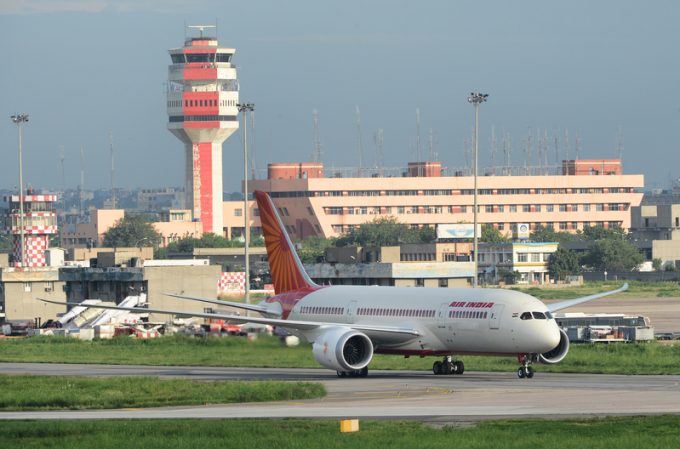Transhipment and 'the giants of global trade' – Vizhinjam Port can handle it
MSC has significantly ramped up its shuttle and other regional services out of southern India’s ...

While air cargo capacity in India is said to have reached a “sufficient” level, airports and airlines need to improve turnaround times.
According to KWE India deputy managing director Karthi Baskar, the biggest challenge for forwarders in India is getting cargo through airports and to the ...
Predatory rivals circle as the ripples from DSV's Schenker buy widen
Latest Israeli attack on Iran a threat to box ships in Straits of Hormuz
DHL Express facilities in Canada forced to shut down by strike
Industry concerns rise after yet another box ship on fire off Indian coast
New Middle East conflict brings airspace closures, flight chaos and oil price worry
More legal trouble in India for MSC: feeder vessel detained after box ship disasters
Return of downward pressure on container spot freight rates
BYD launches logistics subsidiary – and eyes ports and shipping sectors

Comment on this article